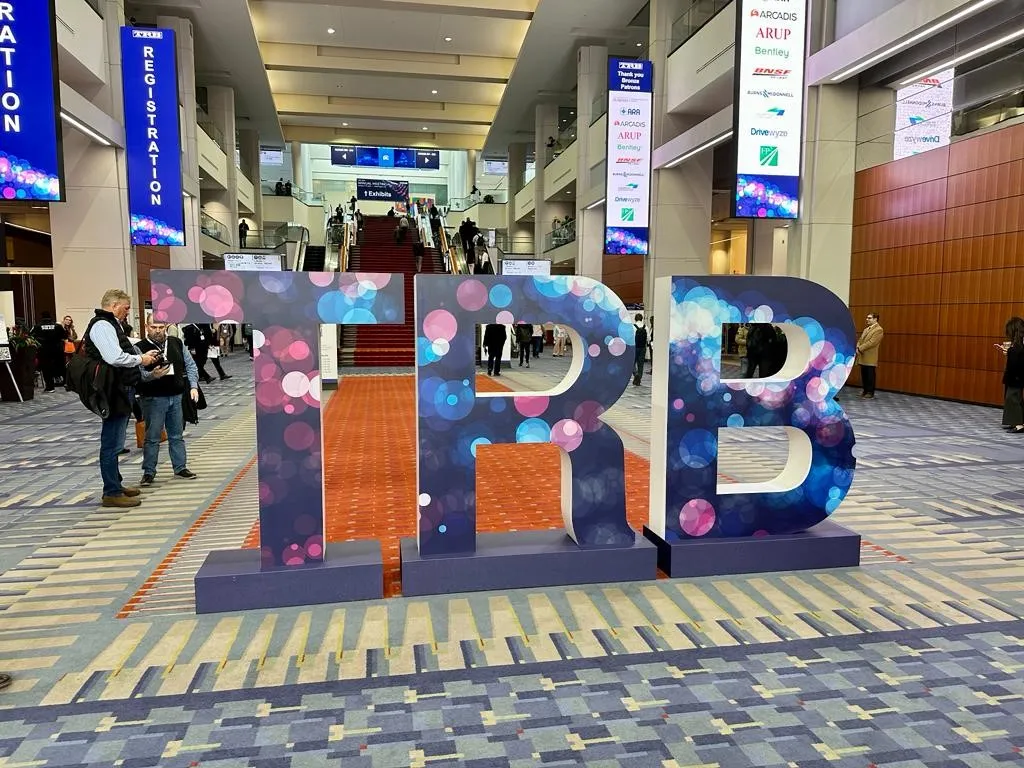
TSS (
“One of our most prestigious projects to date is the hybrid mesoscopic-microscopic operational traffic modelling for the new transport system in Sydney’s CBD,” said Dr Alexandre Torday, TSS’s executive director, professional services.
“Construction is already underway on the light rail system that will reshape transport in Sydney and reduce the city’s reliance on buses.
“Our Aimsun modelling platform, in combination with ScatSim, provides a cutting-edge modelling tool that can support the development of different demand management and operational transport strategies – a tool that will continue to support Sydney’s transport network in the future.”
Here in Melbourne, TSS is currently collaborating with Swinburne University of Technology on projects to generate response plans automatically and also to
provide system integration, customisation and model development services.
This includes importing the Melbourne Strategic Model for static assignment use into Aimsun, refining the geometry to fit mesoscopic and microscopic simulation, importing the Melbourne Scats database information, simulating the model with ScatSim enabled and providing a basic set-up for predictive traffic modelling.









